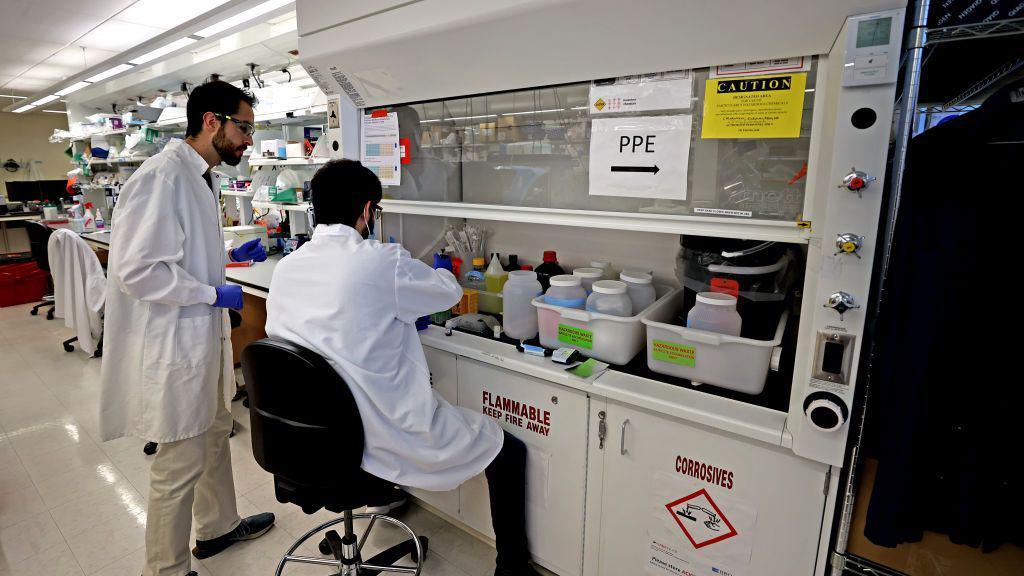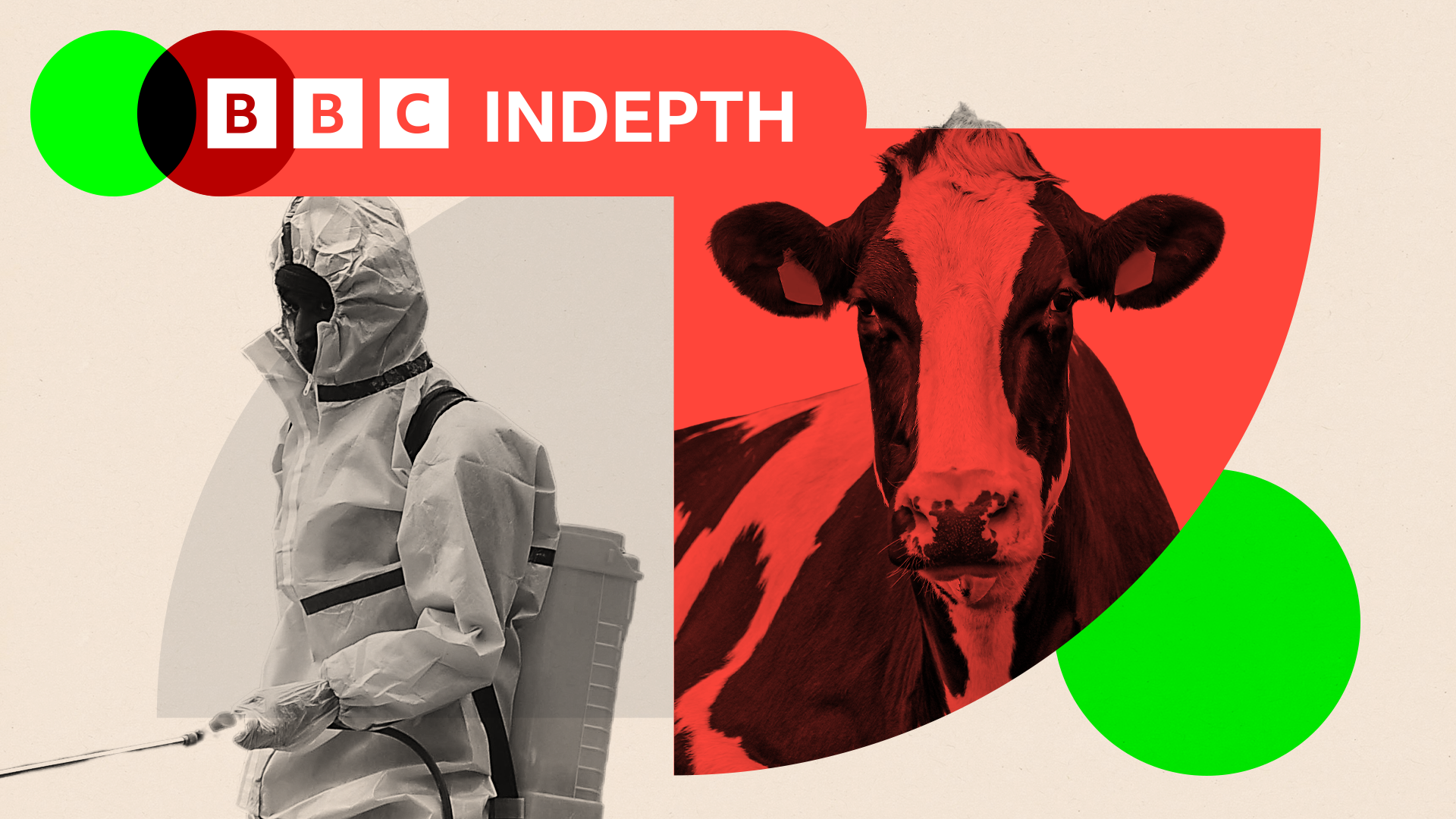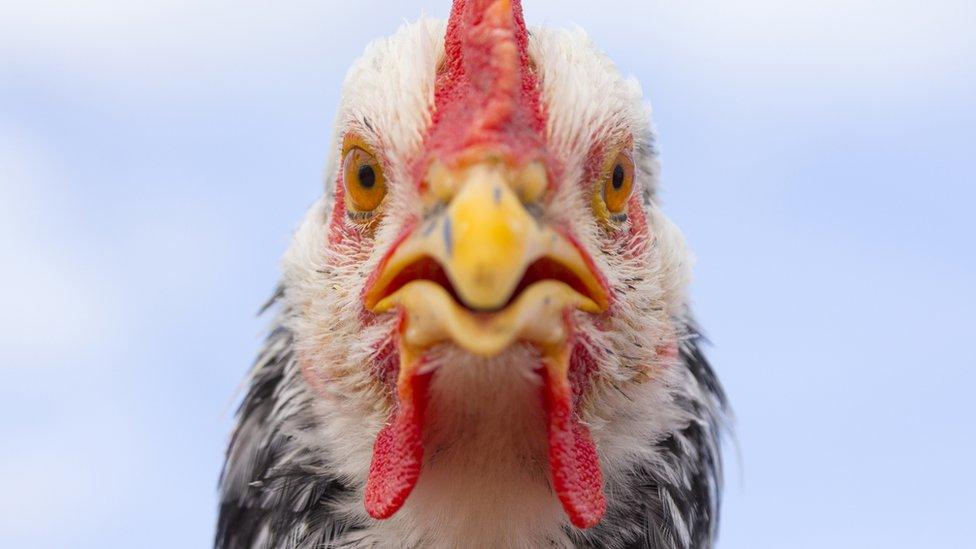US confirms first human bird flu case with no known animal exposure

Researchers at a lab in Boston test milk from the area's grocery stores for traces of bird flu.
- Published
US health officials have confirmed a human case of bird flu in a patient that had no immediately known animal exposure.
The patient, in the state of Missouri, was treated in hospital and has since recovered, the Centers for Disease Control and Prevention (CDC) said.
It is the 14th human case of bird flu in the US in 2024 and the first without a known occupational exposure to infected animals, according to the CDC.
The agency said that, based on their current data, the risk to the general public remains low.
Bird flu is a viral disease that primarily affects birds and other animals. Human infections are rare.
Previous US cases have been traced back to exposure to infected poultry or cattle, but the Missouri patient marks "the first case of H5 without a known occupational exposure to sick or infected animals," the CDC said in a statement on Friday.
The Missouri case was detected through routine flu season surveillance. The patient had underlying medical conditions, and received flu antiviral medications.
Bird flu has been on the rise among cows in the US this year. An outbreak was first reported in March, and cattle in 14 states had been affected as of 3 September, according to the CDC.
While outbreaks of bird flu have not been reported in Missouri's cattle, it has been reported in poultry this year and in wild birds in the past, health officials said.
US health officials discovered a human case of bird flu in March 2024, which was identified after an exposure to dairy cows that were potentially infected.
Bird flu was first detected in China in the 1990s, and has since spread across every continent including Antarctica. World health officials believe the current risk to humans is low, but have actively monitored the disease for years.
It has disease has affected wildlife worldwide, infecting species as varied as sea lions, seals and bears.
Related topics
- Published22 May 2024

- Published18 June 2024
